Table of Contents
Cooked food can be composted, but it requires correct techniques, expert knowledge, and close maintenance to successfully process into nutrient-rich soil amendment.
First-time composters will struggle when they include cooked food, especially in traditional compost piles. Many composters (and general composting guidelines) highly discourage the inclusion of these leftovers due to bad odors, pest infestation, and slow decomposition.

Suitable composting methods should be employed when handling cooked food.
Explore the general composting guidelines of this unconventional material below.
Types of Cooked Food for Composting
Leftovers and cooked food scraps are inevitable wastes at home. Casual composters may find composting cooked food difficult as it requires expertise and maintenance.
Cooked Vegetables
You can compost small amounts of plainly steamed vegetables without dairy, flavorings, oils, or sauces. These vegetables decompose quickly in well-managed compost piles.
Because they have high moisture and nitrogen content, it’s important to mix cooked vegetables evenly with carbon-rich brown materials.
Cooked Rice and Grains
You can put steamed or boiled rice and other grains into a hot compost system or a Bokashi bin. Just like other cooked foods, heavily seasoned rice or grains with dairy, flavorings, oils, or sauces are more likely to trigger composting issues.
Add cooked rice and grains in moderation as excessive amounts are also linked to bacterial growth and anaerobic decomposition.
Cooked Meat and Animal Products
Cooked meat scraps in your compost pile can provide a good source of nitrogen, but include them in moderation. Many composters steer clear of cooked meat due to concerns about bacterial growth, pests, and bad odors.
Similarly, you can include animal products like cooked eggs in hot compost piles or Bokashi buckets. Egg whites and yolks are rich in nitrogen. Eggshells contribute essential minerals like calcium, magnesium, phosphorus, and potassium but don’t provide any carbon or nitrogen.
Dairy products can be processed into nutritious compost through Bokashi composting. Adding them to traditional piles can set off a number of composting issues.
However, due to their immense fat and moisture content, cooked dairy such as butter, cheese, cream, milk, etc., can cause inconvenient issues in traditional piles.
Cooked Seafood
You can add cooked fish and other seafood to your compost, although you should approach this practice with caution. For beginners of home composting, these types of food scraps can bring about challenges like attracting pests, creating anaerobic conditions, and producing bad odors.
Before adding seafood waste like bones, heads, peelings, shells, and tails to your compost heap, you should scorch and crush them into a powdery form. Doing this step will accelerate their decomposition.
How to Compost Cooked Food
To successfully process cooked food into nutrient-rich compost, it’s crucial to implement suitable composting techniques and maintain ideal composting conditions.
Cooked food isn’t commonly used for composting. Many composting guidelines such as those of the United States Environmental Protection Agency (EPA) actually discourage the use of cooked food in compost piles due to the potential risks of anaerobic decomposition, pest infestation, and unwanted odors.
You can safely compost cooked food in closed hot piles or in sealed Bokashi buckets.
Preparing Cooked Food for Composting
Before composting, cut your cooked food into small pieces. The smaller your organic matter, the faster it decomposes.
Tougher food scraps like meat bones, fish bones, seafood peelings, and shells should be washed and then baked in the oven, or dried under the sun until crisp. Pulverize them into fine bits using a food processor or a mortar and pestle.
If you opt to process food cooked with dairy, flavorings, oils, or sauces, proceed with caution. Rinsing your leftover food thoroughly in running water helps minimize unwanted elements from getting into the pile.
Keep in mind that adding greasy food can leak oil into the rest of the organic matter, making it resistant to water. When this occurs, decomposition slows and airflow becomes obstructed.
Optimal Composting Conditions for Cooked Food
To successfully produce a nutritious compost product out of cooked food, balance nitrogen-rich green wastes and carbon-rich brown materials. The ideal carbon:nitrogen (C:N) ratio is approximately 25 to 30 parts of brown materials to every 1 part of green materials.
Dead leaves, dried grass clippings, shredded papers, and untreated wood chips can offset the nitrogen content of some leftover cooked food. These brown materials can help minimize moisture and odors, and make the pile more efficient in breaking down organic wastes.
After preparing your cooked food for composting, integrate minimal amounts of it at the bottom center of your bin or pile. It’s a good spot to quickly break down cooked food. Doing this step will prevent pests from reaching the cooked food compost. Plus, the center of a compost pile is usually the warmest point.
Monitor the wetness of your compost pile — it should be damp but not waterlogged. An overly wet compost can cause anaerobic conditions, leading to foul smells. If the compost is too dry, it slows the decomposition of organic materials. Add water to the pile when needed.
In hot compost piles, aim for an internal temperature between 90 and 160 degrees Fahrenheit. This temperature range will “cook” your food scraps until they turn into nutrient-rich compost. Regularly turn your compost pile to aerate the materials with oxygen. Air circulation, moisture levels, and a balanced mix of green and brown materials crucially affect the pile’s temperature.
Cover your compost bin or pile with a sheet of metal, a board, or a screen. This preventive measure will keep away cats, raccoons, rodents, and other creatures.
By maintaining these optimal conditions throughout your composting activity, you can safely and efficiently compost cooked food.
How Long Does Cooked Food Take to Compost?
In a well-managed compost system, cooked food can take two weeks to three months to fully break down. The decomposition rate will highly depend on environmental factors, the composting method, and the type of cooked food you are processing.
You can quicken their decomposition by cutting down or pulverizing your cooked food before incorporating into your bin or pile.
How Cooked Food Affects the Composting Process
Organic matter like cooked food can impact the nutritional content of your compost heap, but the inclusion of cooked food has its downsides for being an unconventional compost material.
Impact on Decomposition
When prepared and integrated correctly, cooked food can offer nitrogen or carbon to your compost pile. Be aware, though, that as cooked food decomposes, it can emit foul smells. You can minimize this by adding more carbon materials, keeping balanced moisture levels, and enclosing your bin or pile with a seal.
Chopping your cooked food into tiny bits will accelerate decomposition. Always place them at the center of the hot pile, where the heat is most intense.
Microbial Activity
Nitrogen in cooked food is an essential element for the development and function of composting microorganisms, while carbon serves as an energy source. Continuous microbial activity will elevate the efficiency of your compost and produce heat.
Including cooked food, such as rice and meat, can cause potential bacterial growth. You can eliminate these unwanted bacteria by heating your compost pile to between 140 and 160 degrees Fahrenheit, slightly above the optimal temperature.
Temperature and Moisture
Microbial activity from composting cooked food can raise the temperature of the pile. Combined with adequate oxygen, the ideal temperature range can easily be attained. Adjust the pile’s moisture levels if it runs dry.
Steamed vegetables have a significant amount of moisture so be cautious when adding them.
Potential Issues With Composting Cooked Food
During the decomposition of cooked foods, strong smells and pest problems can occur. Considering these issues, most composters and composting guidelines don’t include them in a bin or pile.
Will Composting Cooked Food Attract Pests?
Slow and improper composting of cooked food can attract flies, rodents, and other pests. Dairy, flavorings, oils, and sauces in cooked food can further contribute to this issue.
For efficient composting of cooked food, ensure proper air circulation and balanced moisture levels. Regularly turning your compost heap can allow oxygen to infiltrate the organic wastes, creating a conducive environment for composting microorganisms.
Having a big, enclosed bin can help keep out pests from reaching your compost. If you’re using a compost pit, placing a sheet of board, metal, or screen can also deter uninvited guests.
Will Composting Cooked Food Cause Odors?
Yes, composting cooked food can emit odors that consequently attract most pests. Meat, fats, and dairy in particular give off unpleasant odors as they decompose. Cooked plant scraps also smell during decomposition, but not as putrid as animal-based food.
Anaerobic decomposition in mismanaged bins and piles can cause your compost to stink as well. To counteract this, reduce excess moisture and ensure the pile has proper ventilation.
To minimize the smells of decomposing cooked food, bury them deep within the center of your bin or pile and maintain optimal composting conditions.
You can also enclose your bin or pile with a tight cover to trap unpleasant odors from composting cooked food.
Methods for Composting Cooked Food
Some composting methods are more suitable than others when processing cooked food.
Hot Composting
High temperatures in hot compost systems are great for converting cooked food into nutrient-rich compost. Hot piles break down organic wastes and yield compost faster than other methods.
Composting microorganisms generate high levels of heat that can effectively break down cooked food. However, hot compost piles require more maintenance — which may not be suitable for all composters. For successful hot compost, you need to check the temperature regularly and turn the pile constantly.
To obtain the best compost quality from cooked food, maintain the hot pile’s internal temperature between 90 and 160 degrees Fahrenheit. If you’re concerned about bacterial growth from cooked food, raise the temperature to between 140 and 160 degrees Fahrenheit.
Lastly, to ensure proper composting, prepare your cooked food appropriately and place the pieces in the bottom center of the hot pile, where the heat is most intense.
Cold Composting
Cooked food shouldn’t go to your cold compost pile. Due to the lack of heat, cold composting takes significant time to produce compost. Pesky pests, and unpleasant odors are associated with cold composting cooked food.
Furthermore, cold compost piles lack the high temperatures necessary to eliminate potential bacterial growth.
Vermicomposting
You can safely add some cooked food to your worm farm. Vermicomposting involves a healthy worm community to break down and digest organic wastes, resulting in nutritious worm castings.
Before adding cooked food containing dairy, oil, or sauces to your worm farm, ensure you wash them thoroughly. These ingredients can irritate compost worms and cause the worm bin to smell. Avoid using spicy and citrusy cooked scraps, as they’re not suitable for the worms’ diet.
Refrain from overfeeding the worms with cooked food. Instead, supplement their diet with other materials such as coconut coir, dried leaves, or shredded unbleached paper for worm bedding. Doing this step will also help minimize unpleasant odors.
Foods treated with preservatives can be difficult to vermicompost because worms tend to avoid them. This can lead to mold and rotting issues, which can ultimately harm the health of your worm farm.
Bokashi Composting
You can transform leftover cooked food into beneficial fertilizer for your garden soil through fermentation. The Bokashi method, which originated in Japan and Korea, ferments organic wastes in a specialized bin. As this is an anaerobic process, it relies on fermenting microbes from a unique inoculant bran.
Bokashi composting can process meat and dairy products, which traditional compost cannot.
Discard rotten food from your Bokashi bin. It can introduce excessive amounts of blue or green mold. Also, try to limit the addition of food waste with grease or other liquids because beneficial microbes end up struggling in flooded environments.
Alternatives to Composting Cooked Food
If you do not want to compost cooked food, consider other sustainable alternatives below.
Industrial Composting of Cooked Food
Another composting option is through the help of large-scale facilities. These facilities operate at high temperatures and are capable of processing most types of household waste into beneficial compost.
Contact your local composting center to learn if they accept cooked food. Every center varies with their guidelines. Many of these centers offer convenient services such as curbside pick-up and drop-off points.
Upcycling Cooked Food
Instead of throwing away cooked food, share them with your family and friends. You can also get creative and think of ways to make use of cooked food in the kitchen.
Compost Veggie Broth
You can repurpose cooked vegetables into a versatile vegetable broth base, perfect for soups and sauces. First, wash your cooked veggies and roast them at 400 degrees Fahrenheit for at least 40 minutes. When they turn brown, move them to a pot full of water and boil for an hour. The resulting flavorful broth is a wonderful addition to your meals, offering delectable earthy tones.
Crispy Rice Snacks
Leftover rice is the primary ingredient in The New York Times Cooking crispy rice snacks. To start, combine your leftover rice with cheddar, eggs, green onion, mint, and zucchini. Season with black and pepper to taste. On a hot pan, melt butter and fry scoops of the rice mixture. Flip after 3 to 4 minutes until both sides are crisp. Serve hot and consider partnering with grilled fish or meat.
Find out more upcycling recipes from Upcycled Food.
Feeding Cooked Food to Chickens and Livestock
Certain types of cooked foods can be fed to chickens and other livestock.
In minimal amounts, cooked eggs, rice, and meat can be beneficial to chickens, ducks, goats, sheep, and even household pets like cats and dogs.
Before feeding cooked food to your animals, it’s best to review guidelines on the safety of cooked food for animal consumption.
Disposal Options for Cooked Food
In case home composting and other alternatives are not feasible, gather your cooked food and dispose of them in an appropriate garbage bin. Seal them in a bag and cover your bin to keep out animals.
What Cooked Food Shouldn’t Be Composted?
Food cooked with excessive dairy, preservatives, oils, or sauces should be discarded from traditional compost due to risk of unpleasant smells, and problematic pests. These substances can also slow down decomposition too.
Likewise, avoid adding processed cooked food with synthetic additives, as they may not break down at the same rate as other organic waste.
Safety and Precautions When Composting Cooked Food
When composting cooked food, always balance with brown materials, aerate the pile with turning, and maintain ideal composting conditions. Seal your compost to keep out pests.
When setting up your cooked food compost, find a place away from the reach of pets or children to prevent health risks.
After composting activity, wash your hands with soap and running water.
FAQ
Can I compost cooked food leftovers?
Yes, you can compost cooked food leftovers, but it should be handled with care and caution. Hot composting and Bokashi method are efficient options to safely process leftovers into nutrient-rich compost.
Does composting cooked food attract rats?
Composting cooked food can attract rats and other rodents. These uninvited visitors may go through your compost heap, cause messes, and potentially spread diseases. To safeguard your compost from these pests, seal your compost bin with a tight lid or cover it with a sheet of board, metal, or screen.
Can I put cooked meat in my Bokashi bucket?
Cooked meat can certainly be added to your Bokashi bucket as fermenting microbes thrive in carbohydrates and proteins. Avoid overly greasy meat so you don’t flood your bin with unnecessary liquids.



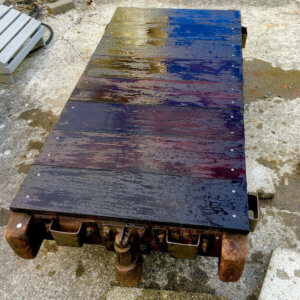



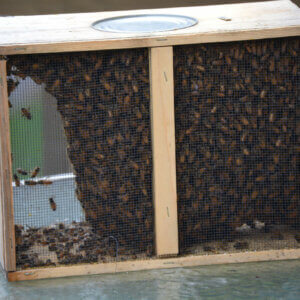
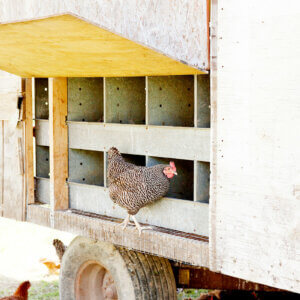

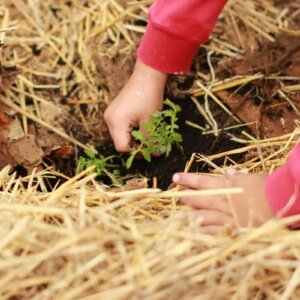
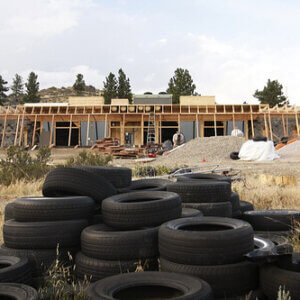

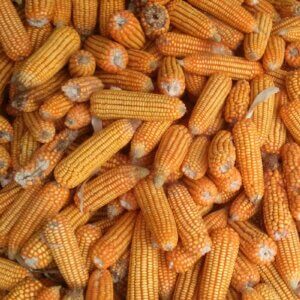


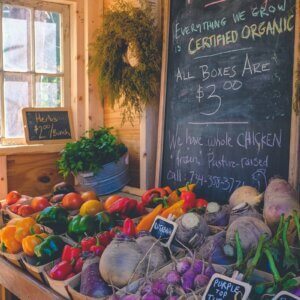

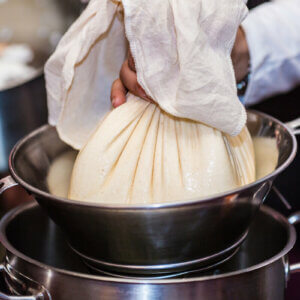
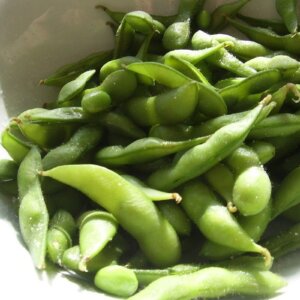
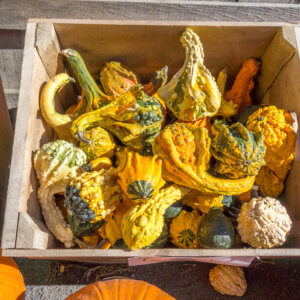
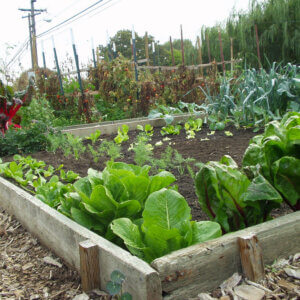
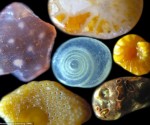


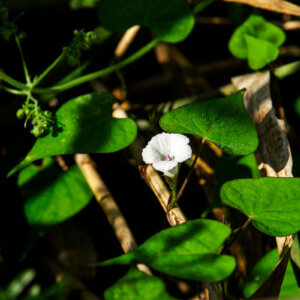



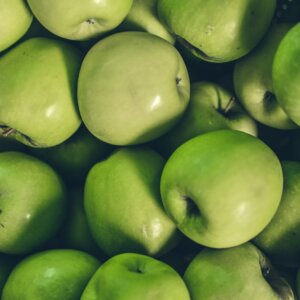
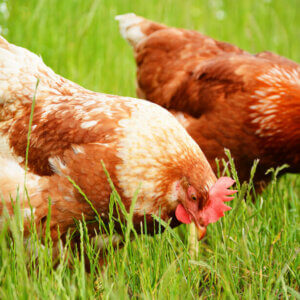

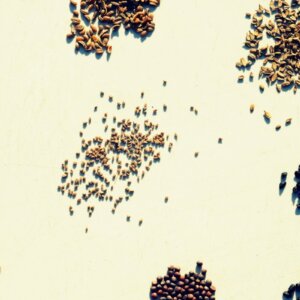

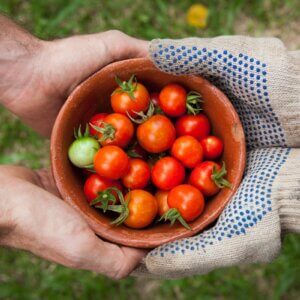


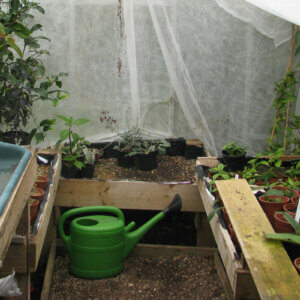
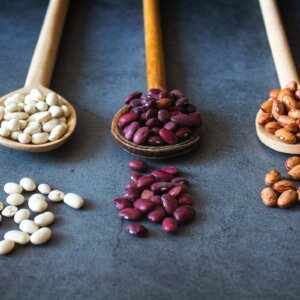


Leave a Reply